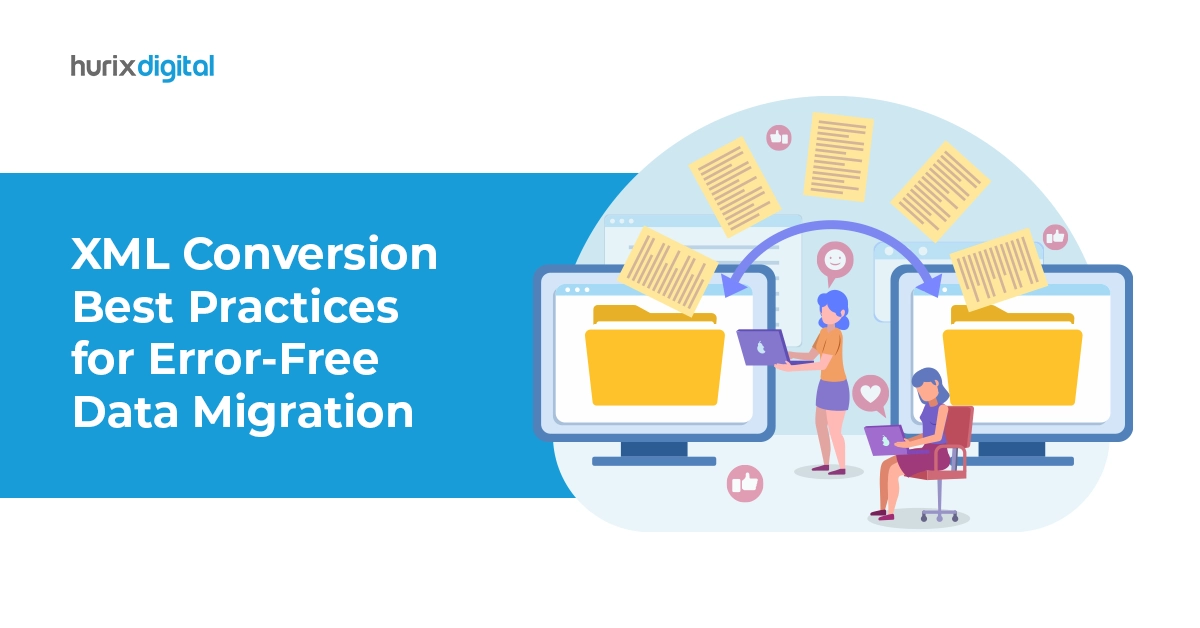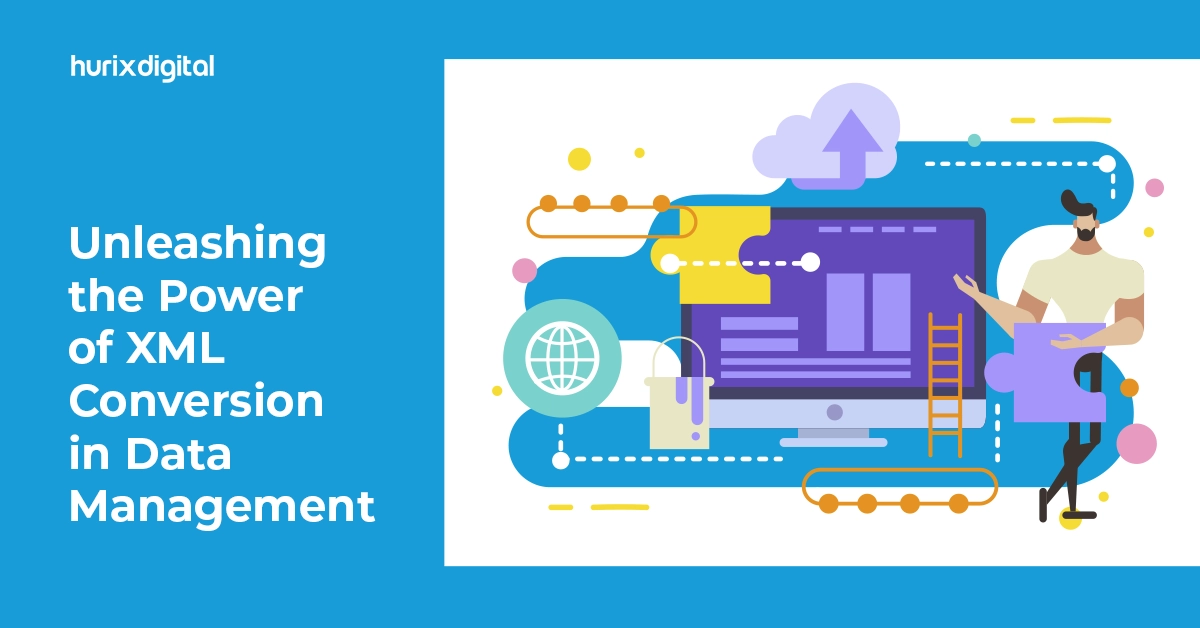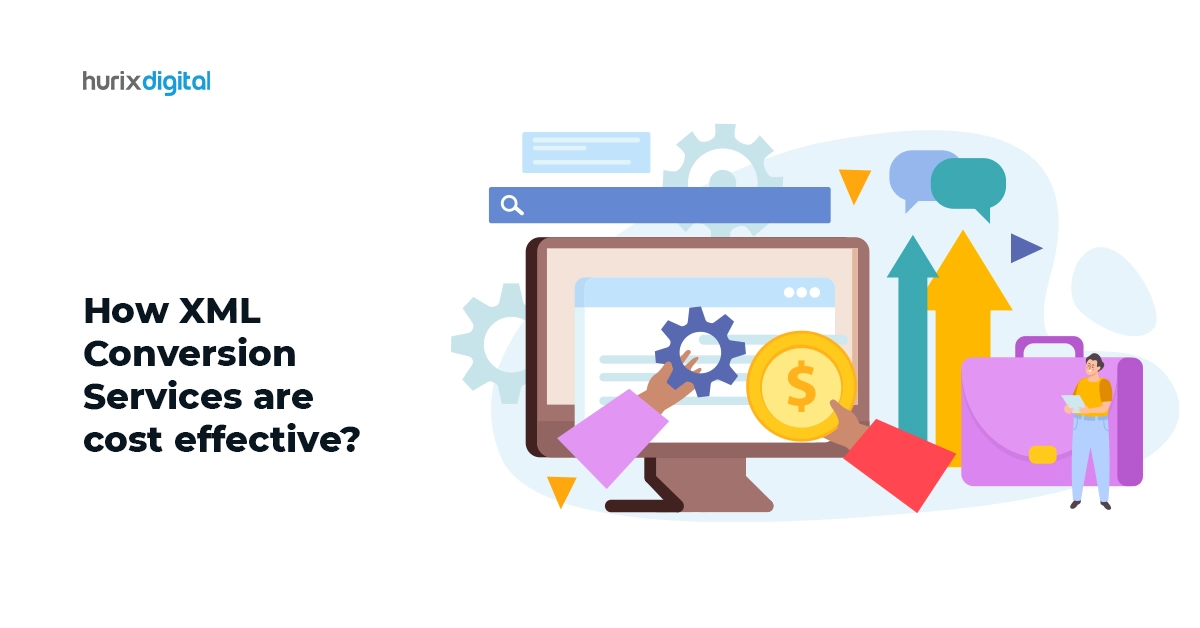Summary
Navigating the complexities of XML conversion can be daunting. This guide unveils best practices for error-free data migration, emphasizing data integrity, conversion techniques, and a meticulous process.
In the realm of data migration, ensuring accuracy and integrity is paramount. XML (eXtensible Markup Language) stands out as a versatile format for storing and transporting data across different systems. However, converting data to and from XML format requires careful consideration to avoid errors and maintain data integrity. In this article, we’ll delve into XML conversion best practices to facilitate error-free data migration.
Table of Contents:
- Understanding XML Conversion
- Why Data Migration Deserves Diligence
- Error-Free XML Migration
- XML Conversion Techniques
- XML Migration Checklist
- Optimizing XML Data Integrity Practices
- Conclusion
Understanding XML Conversion
XML conversion involves transforming data from one format to XML or vice versa. It’s commonly used in scenarios such as upgrading legacy systems, integrating disparate databases, or migrating data between applications. Effective XML conversion ensures seamless data transfer while preserving the structure and integrity of the information.
Why Data Migration Deserves Diligence
For enterprises racing towards data centralization for 360-views, transition missteps risk jeopardizing trusted information sources powering operations through:
❌ Truncation: Partial content transfer missing crucial details affecting integrity.
❌ Distortion: Faulty parsing or encoding introducing misrepresentations analyzed downstream.
❌ Inaccessibility: Compromised retrievability due to archival or ownership change gaps.
Such scenarios urge examination of root causes – usually process oversights rather than solely technical defects behind “error-free XML migration” project failures. Thankfully intelligent due diligence defuses pitfalls.
Also Read: 5 Ways XML Conversion Services Save You Money!
Error-Free XML Migration
Error-free XML migration hinges on meticulous planning and execution. Here are some best practices to facilitate a smooth transition:
- Data Analysis and Mapping: Begin by thoroughly analyzing the source and target data structures. Create a mapping document outlining the correspondence between fields, ensuring all relevant information is accounted for during conversion.
- XML Schema Validation: Validate XML documents against predefined schemas to ensure compliance with structural rules and data constraints. This step helps maintain data consistency and prevents errors during conversion.
- Normalization and Cleansing: Normalize data to eliminate redundancies and inconsistencies, ensuring uniformity across the XML dataset. Perform data cleansing to rectify errors such as typos, missing values, or invalid entries, enhancing data quality before conversion.
- Encoding and Character Set Handling: Pay attention to encoding and character set compatibility to prevent data corruption during conversion. Use Unicode encoding for broad language support and ensure seamless transmission of special characters.
- XML Parsing and Serialization: Employ reliable XML parsing techniques to extract data from source files accurately. Serialize data into XML format using robust libraries or tools, ensuring adherence to XML standards and specifications.
- Error Handling and Logging: Implement robust error handling mechanisms to capture and address conversion errors effectively. Log detailed error messages to facilitate troubleshooting and ensure accountability throughout the migration process.
- Testing and Validation: Conduct comprehensive testing to validate the integrity and accuracy of converted XML data. Compare source and target datasets to identify discrepancies and conduct regression testing to verify system functionality post-migration.
XML Conversion Techniques
Various techniques can streamline the XML conversion process and enhance efficiency:
- XSLT (eXtensible Stylesheet Language Transformation): Use XSLT to transform XML documents into different formats or vice versa. XSLT facilitates complex data transformations and is particularly useful for batch processing tasks.
- XML Parser Libraries: Leverage XML parser libraries such as SAX (Simple API for XML) or DOM (Document Object Model) for parsing and manipulating XML documents programmatically. These libraries offer powerful features for handling XML data effectively.
- XML Conversion Tools: Explore specialized XML conversion tools that automate the conversion process and offer advanced functionality such as schema mapping, validation, and error handling. Choose tools that align with your specific conversion requirements and scalability needs.
Also Read: Unlocking the Potential of XML: 5 Ways It Can Transform Your Workflow
XML Migration Checklist
To ensure a systematic approach to XML migration, consider the following checklist:
- Analyze source and target data structures.
- Validate XML schemas and ensure compatibility.
- Normalize and cleanse data for consistency.
- Handle encoding and character set conversions.
- Implement robust parsing and serialization techniques.
- Establish error handling mechanisms and logging.
- Conduct thorough testing and validation procedures.
Optimizing XML Data Integrity Practices
Beyond checkpoint-driven vigilance, continuous optimization must permeate ongoing XML usage through:
↔ Metadata Versioning – Timestamp key data edits or schema changes for tracing data linage cleanly attributing modifications to authors.
↔ Data Validation Tools – Employ algorithmic helpers to spot anomalies automatically through pattern analysis supplementing manual inspection.
↔ Regression Testing Automation – Expedite validation upon each asset refresh safeguarding against introduced corruption through coding defects or configuration drifts.
↔ Obfuscation Controls – Incorporate encryption mechanisms during XML content storage or transfers preventing tampering or stealing and protecting sensitive corporate or customer information.
This proactive self-healing orientation sets up long-term robustness vital as datasets scale and refresh cycles accelerate keeping risks in check.
Conclusion
Effective XML conversion is essential for error-free data migration and maintaining XML data integrity. By following best practices such as thorough analysis, validation, normalization, and testing, organizations can streamline the XML migration process and ensure seamless data transfer. For expert assistance with XML conversion and data migration, consider partnering with Hurix Digital.
Contact us today to explore our comprehensive solutions and streamline your data migration initiatives.










